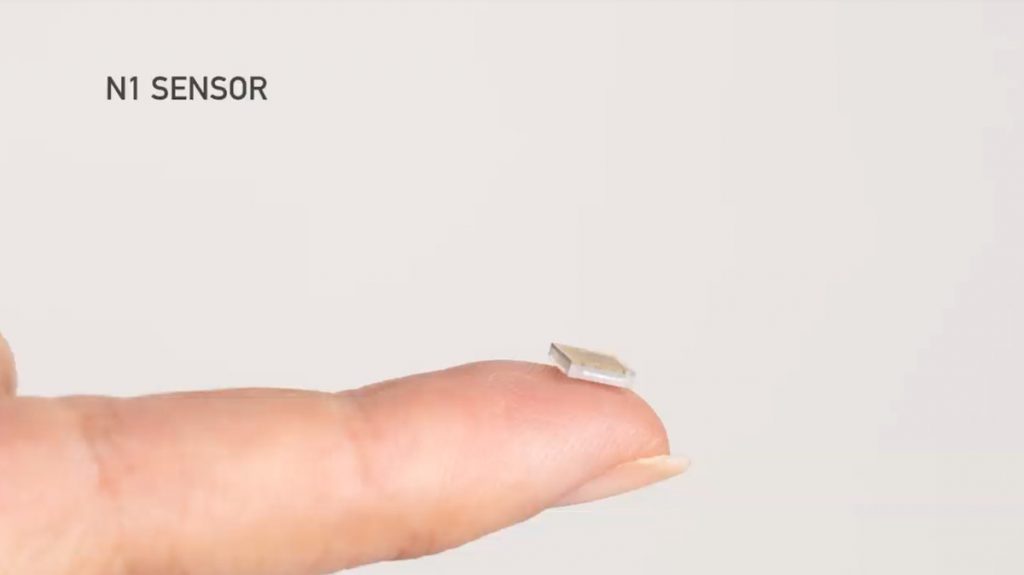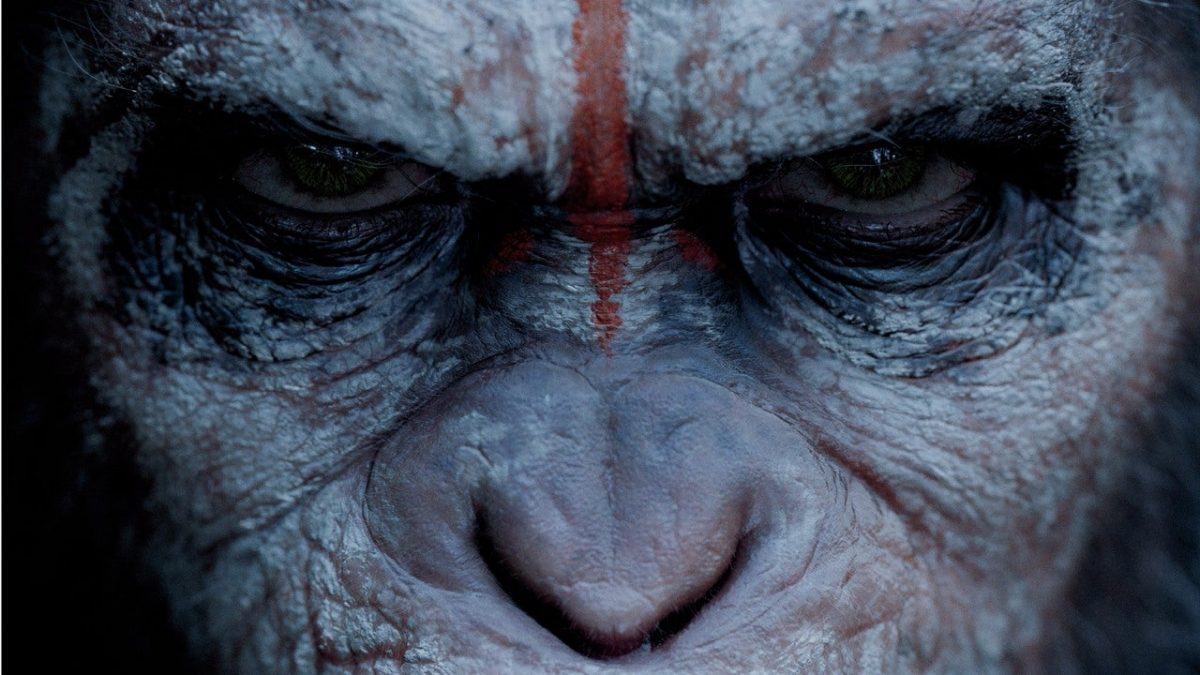For those who just clicked this post because the headline, do not worry, we humans are still in charge of the Earth. No, the apes are not planning to invade us either, well not yet. By now, I am sure everybody has heard about the Neuralink, created by the one and only, Elon Musk. For those who have no idea what I am talking about, Neuralink is a device that will be used to help people with paralysis with their simple daily tasks such as using their phone or computer but without making any physical movement. It does however involve surgically implanting some advanced pieces of tech in your brain, but more about that later. What do apes have to do with this you might ask? Well, they are the ones that Neuralink is being tested on. Since human trials have not yet been authorized, monkeys are the closest thing to a human we got so far.
A monkey playing pong?
Now, after watching Pager play MindPong, as explained in the video, Neuralink is able to use machine learning to predict where Pager would want to move the joystick. First, the decoder must be calibrated the decoder to detect neural activity in Pager’s brain. After the data has been gathered and calibrated, the decoder can now be used to control the screen with neural activity, instead of using the joystick.
Implanting the Neuralink

Remember I mentioned that Neuralink has to be surgically implanted? No you won’t have an antenna sticking out of your head. All that has to be implanted is the chip. The chip by itself it tiny, being able to fit the tip of an index finger. That chip is placed in a cylindrical case that is 8mm in diameter which is what gets implanted in the skull. The case also consists of 1024 tiny electrodes, and when i say tiny I mean 6 nanometers in diameter. That is 10 times smaller than a single piece of hair. It is so small and delicate that Neuralink even had to create a robot surgeon to conduct the operation. Since the electrodes are so tiny, something as big as a hand is unable to connect them to the brain. The robot on the other hand, possesses the ability to make precise movements to install the threads into a brain. Sounds simple, let the robot do the work, but considering the size of the threads, the operation becomes about as complicated as landing a rocket safely back to Earth. Remember the rocket Musk launched in March? Let’s just say it did not go as planned.
Remarks for the future
Neuralink is undeniably as innovative as it can get, but there are still numerous concerns surrounding it. Firstly, imagine your Neuralink getting hacked? Or a virus that is somehow installed on it and the only way to get it out would be paying a ransom to the hacker. Nowadays viruses are already a problem in the computer networks but imagine that happening to your brain. This could significantly impact the daily lives of the users. Another issue revolves around the development of the brain. Our brain develops and changes as we get older and that is a complex process by itself. Adding another variable to the equation might completely alter the way our brains develop in the ways we are currently unable to predict.
Now I am personally not planning to implant the first version of Neuralink in my brain, but it does give hope to those in need, that in some distant future, they will be able to partially bring back their daily life.
References
Watch a monkey equipped with Elon Musk’s Neuralink device play Pong with its brain


Very interesting insight! Don’t I would be first in line for a chip in my brain but it would be nice to see it improve the lifes of those who need it. Curious to know what the rules and regulations for this innovation will be.